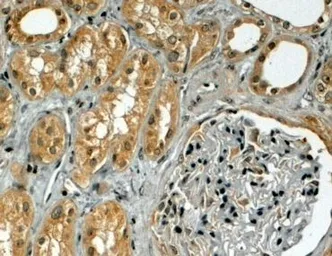TRIM5 (alpha isoform) antibody, Internal
Cat. No. GTX89426
Cat. No. GTX89426
-
HostGoat
-
ClonalityPolyclonal
-
IsotypeIgG
-
ApplicationsIHC-P
-
ReactivityHuman
